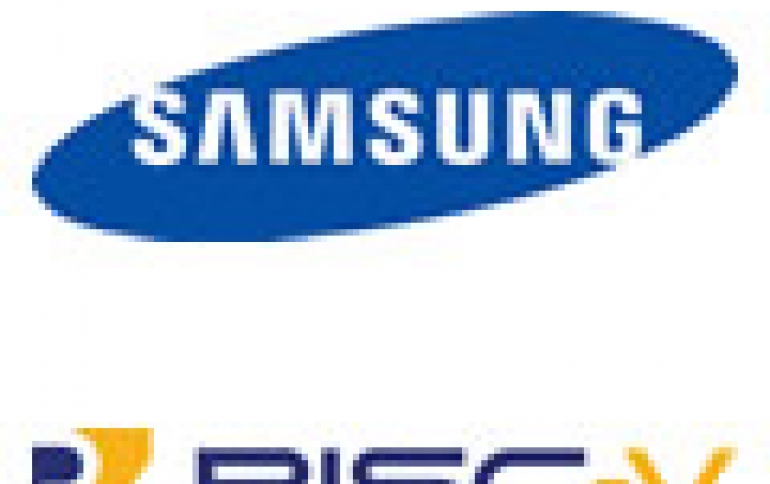
Samsung To Design Its Own RiSC-V Micro-controller For IoT Devices
Samsung Electronics is developing its own processor core based on the RISC-V architecture, aimed to be used in microcontrollers (MCUs) for IoT devices.
The company is working on a CPU core for 32-bit MCU based on the open-source RISC-V (Reduced Instruction Set Compute) instruction set architecture (ISA).
RISC-V (pronounced "risk-five") is a new instruction set architecture (ISA) that was originally designed to support computer architecture research and education and is now set to become a standard open architecture for industry implementations under the governance of the RISC-V Foundation. The architecture was originally developed in the Computer Science Division of the EECS Department at the University of California, Berkeley.
Samsung's initial goal is to develop ultra-light CPU cores that require ultra-low power and use 10,000 to 20,000 transistors -- matching the energy efficiency of ARM's Cortex-M0 MCU core, whihc has been designed mainly for wearable devices. Samsung's first CPU is expected to be commercialized next year.
Samsung has already experience in the design and manufacturing of customized CPU cores. The company used its own customized core into its Exynos 8890 mobile Application Processor (AP), which was released in the first half of 2016.
MCUs are typically responsible for simple control functions for electronics such as fans, and hairdryers, but they are also used for smartphones, cars, and wearable devices.
It is not clear whether a RISC V core could have a competitive edge to replace ARM's core.
Samsung could also link the new CPU core with an analog chip such as its own bio-processor for IoT devices. Although its first target is to develop cores that are at same level as ARM's M0 core, the company might develop cores with higher performance in the future.
Samsung's System LSI Business Department is currently working to commercialize fingerprint recognition sensor chips in 2017.
In the second half of 2015, Google, HP, IBM, MS, Oracle, NVIDIA, and Qualcomm formed the the RISC-V Foundation. NVIDIA and Qualcomm are utilizing RISC V to manufacture memory controllers for GPUs and light processors for IoTs respectively.
Obviously, the adoption and a possible success of RISC V would not be a positive development for ARM, which is making cash by licensing its CPU cores.





















